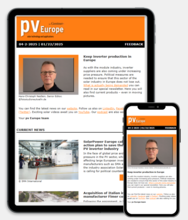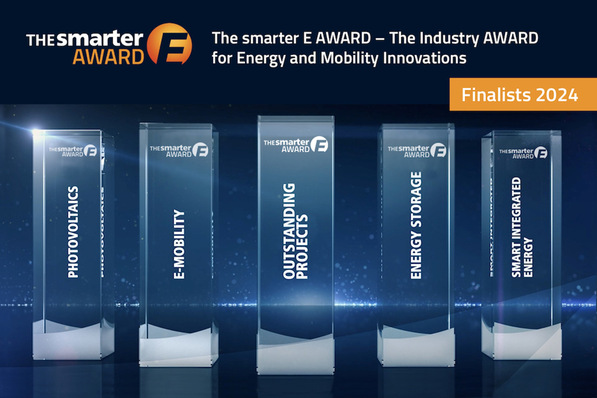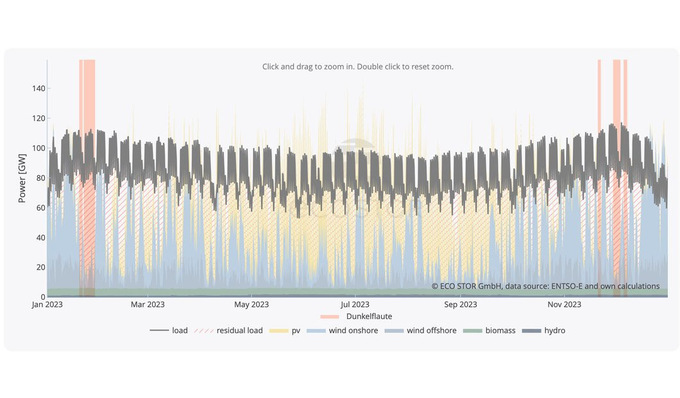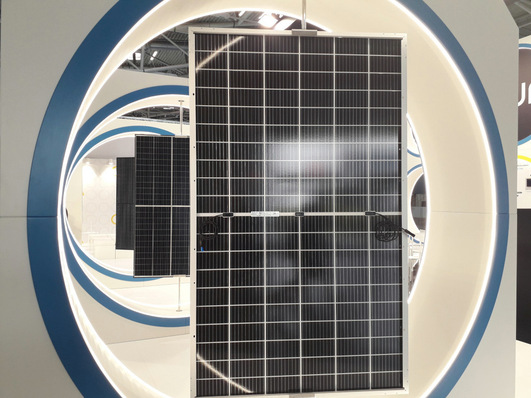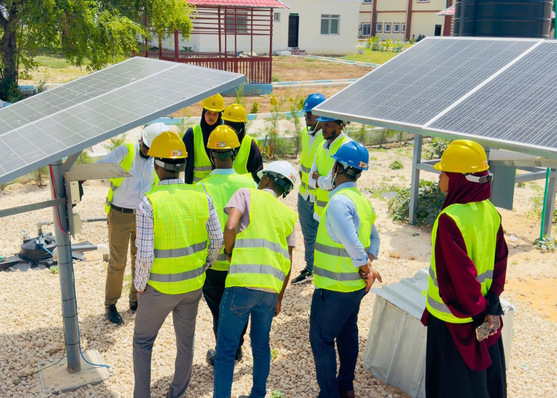The plan is to make the quantities available from 2027. They can be transported to various delivery locations, such as the port of Skipavika in Norway, to selected terminals in Western Europe or to industrial sites, including in Germany. Interested companies can register online to tender for the corresponding capacities. The process starts today, Friday (July 26).
SkiGA is considered one of the first emission-free production plants for green ammonia in Europe thanks to the use of local green electricity and is thus doing important pioneering work for the realization of climate-friendly production processes in industry and the energy sector. The planned electrolyzer has a capacity of 130 megawatts. The climate-friendly production process will save around 240,000 tons of CO₂ per year compared to the use of grey ammonia.
Successful at first auction of European hydrogen bank
EnBW entered into a cooperation with its Norwegian partner FUELLA in 2023 and contributed a 10% equity stake in order to support the investment decision and secure exclusive rights to long-term purchase agreements. The importance of SkiGA's competitive position was recently demonstrated by the European hydrogen bank's first auction: The project was one of seven to receive a grant.
Also see: CO2 – Off to sea
Peter Heydecker, EnBW Board Member for Sustainable Generation Infrastructure, emphasizes the importance of the cooperation with FUELLA: “We are very pleased that we have found a partner in Norway in FUELLA to jointly gain important experience in the development and upscaling of a green gas infrastructure. The quantities of green ammonia secured for EnBW give us a good starting position in the market ramp-up and mark a further step on the way to a carbon-free energy supply.“
Background
Ammonia is also a means of transporting hydrogen, as it can be converted back into hydrogen using the “cracking” process. Compared to hydrogen, ammonia has the advantage that the market and logistics are already available and well established.
Also interesting: Europe`s largest green hydrogen plant operational
Ammonia is one of the most frequently produced and transported chemicals in the world. It is used in fertilizer production, as a chemical feedstock and as a low-carbon fuel.
The production of gray ammonia causes more than 1% of global CO₂ emissions. Compared to grey ammonia, green ammonia avoids 2.4 tons of CO₂ per ton of ammonia and is therefore an ideal CO₂-neutral fuel. (hcn)


